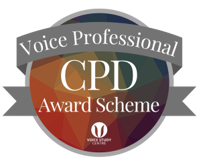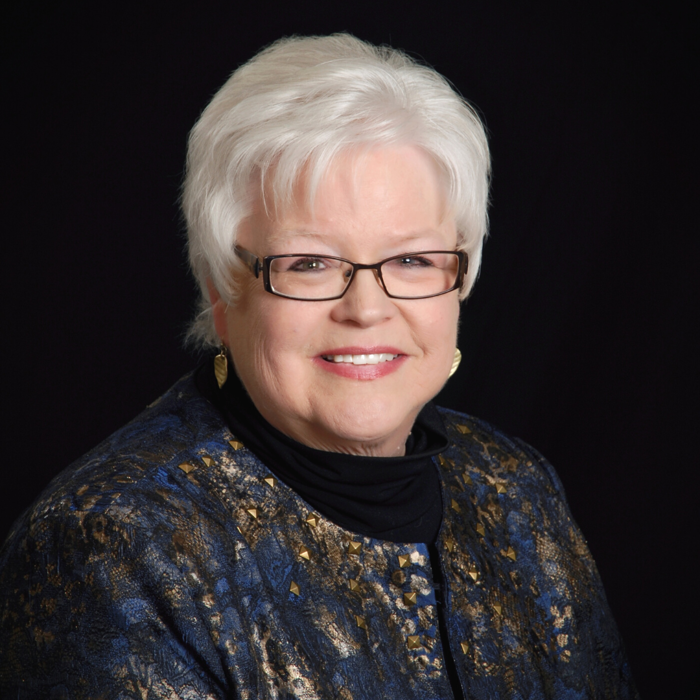Inside, Outside, Side-to-Side: Cultivating Presence through Movement in Trauma-Informed Voice Care
Tuesday 10th September 2024, 5:00 PM - 7:00 PM (London Time)
When working with singers/clients that present with heightened emotional and physical reactivity, it is critical to have scope-of-practice appropriate tools that can cultivate presence for co-learning and connection. This workshop will briefly review the six principles of trauma-informed care and their relationship with movement as a present-moment anchor. We will define the concepts of interception, exteroception, and dual awareness and explore playful somatic practices that can be incorporated into clinical sessions or voice lessons.
Singing is a highly interoceptive event. We frequently cue singers to track the internal sensations of breath, vibration, and emotion. Although interoception is a critical skill, for individuals who have experienced chronic or traumatic stress, anxiety, and depression, the question “how does this feel” may lead to more overwhelm. Conversely, when locked in patterns of exteroceptive hyper vigilance, it can become difficult to explore outside surroundings. External safety scanning can manifest as a “deer in headlights” or high activation freeze state.
For singers living in constant hyper or hypo-arousal, paying constant attention to internal sensation may feel confusing, obsessive, or disconnecting. In these moments, it may be helpful to mindfully pivot between internal noticing (breath moving in the nose/the torso; vibration, emotions, etc.) and external noticing (moving the feet, legs, or hands; listening to sounds; fixing our gaze on a particular spot, etc). Can we become aware of two things happening at one time?
This process of dual awareness, or pendulation, not only provides present-moment orientation, but teaches us that we are capable of creating multiple possibilities. Pivoting between outside and inside creates opportunities for individuals to notice internal and external awareness without becoming overwhelmed in either perception, allowing individuals to build capacity for sensory awareness at their own pace.
In addition to this “inside-outside” inquiry, one of the most impactful and innate ways to connect with our internal and external environment is movement. Bi-lateral and side-to-side movements have demonstrated particular efficacy in unifying both hemispheres of the brain and creating a sense of grounding— especially for bodies impacted by debilitating levels of stress.
Connection is the bedrock of creativity. When we contextualize somatic practices like movement and dual awareness through a trauma-informed lens, we create space for complexity, honour dignity, and co learn with our clients from a place of curiosity rather than assumption.
Megan Durham
Megan Durham (she/her), serves on the voice faculty at the University of Louisville and works as a singing voice specialist.

Attend this course for as little as £22 as part of the Voice Professional Training CPD Award Scheme.
Learn MoreSorry, this is an archived short course...
We have plenty of upcoming short courses coming soon. See details of some of them below or look at the full list of short courses.

Monday 12th January 2026
12:00 PM - 1:30 PM
Tuesday 13th January 2026
12:00 PM - 1:30 PM
Wednesday 14th January 2026
12:00 PM - 1:30 PM
Thursday 15th January 2026
12:00 PM - 1:30 PM
Tuesday 20th January 2026
12:00 PM - 1:30 PM
Wednesday 21st January 2026
12:00 PM - 1:30 PM
(London Time)
Level One Certificate in Accents and Phonetics

Louisa Morgan
Are you a voice, acting, or singing coach looking to expand your expertise and add accents and phonetics to your teaching repertoire? This 6-session course covers essential topics such as articulatory, acoustic, and auditory phonetics, the International Phonetic Alphabet (IPA), and ethical approaches to accent and dialect coaching. By the end of this course, you'll be equipped with the knowledge and practical skills to start to bring phonetics and accent coaching into your coaching and provide more comprehensive support to your clients.


Monday 12th January 2026
2:00 PM - 4:00 PM
(London Time)
Emerging and Developing Voice: Singing and Speech

Karen Brunssen
How does the singing voice influence the speaking voice? How does the speaking voice influence the singing voice? When is there a disparate relationship between the two? Can they help each other? Can one harm the other? How can we use them positively in the voice studio. During this short course we will consider the voice as we sing and as we speak. The acquisition of language is a very interesting journey from birth through old age. We will broach the topics of “lexical” which refers to learning words, and “semantic” which is how we use words in the context of language.


Monday 12th January 2026
5:00 PM - 7:00 PM
(London Time)
Perfectionism: A Theoretical & Clinical Overview

Dr David Juncos
What exactly is meant when we label ourselves or someone we know a perfectionist? It is a good to be this way? Or are you setting yourself up for failure? Can a performance psychologist or a other performance-related practitioner help you if you’re a perfectionist? In this short course, you will learn how perfectionism is defined according to popular models in clinical psychology, and whether it is maladaptive or adaptive. You will also learn how perfectionism impacts on music performance anxiety, in addition to other areas of importance for performing musicians, like work-related stress and burnout, and procrastination with one’s practice.
